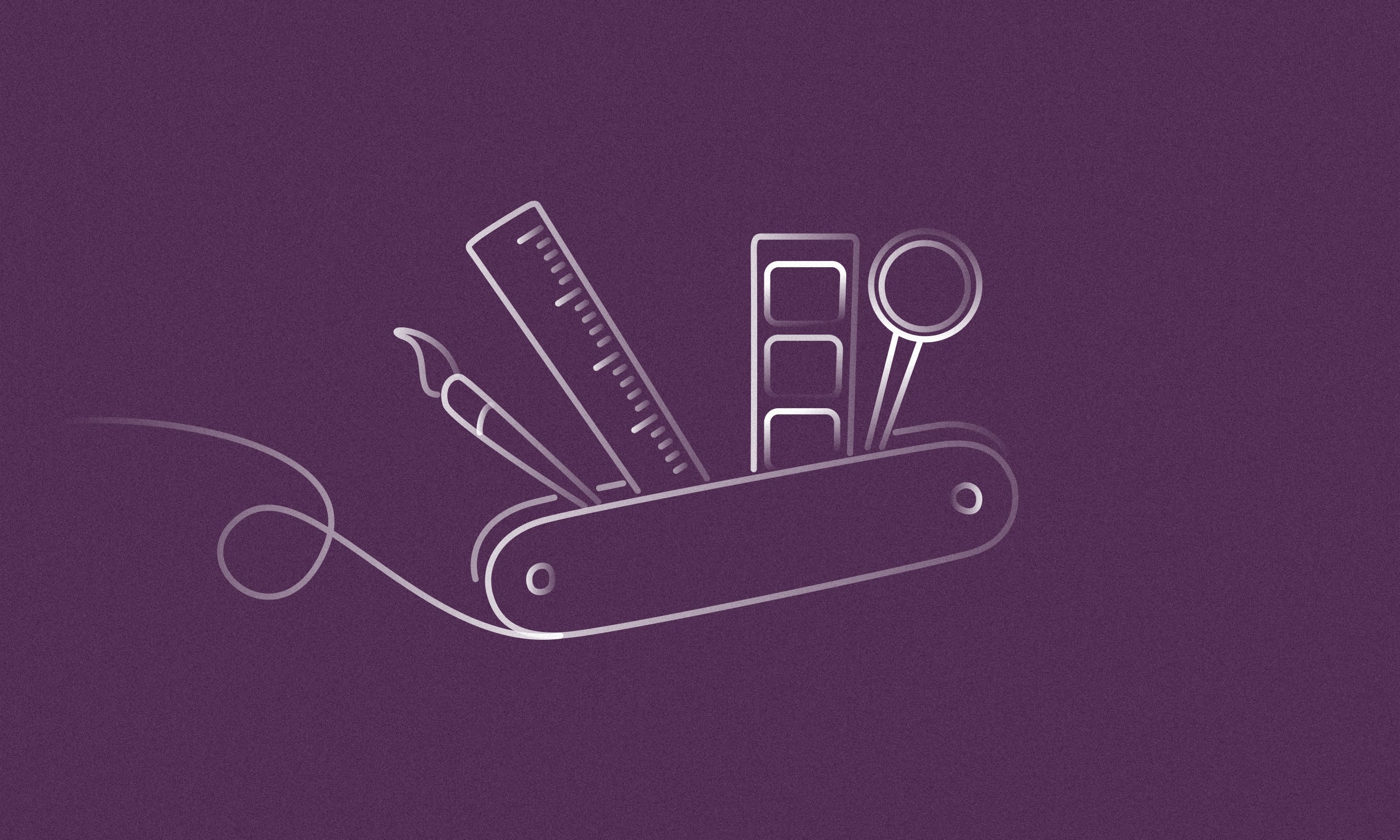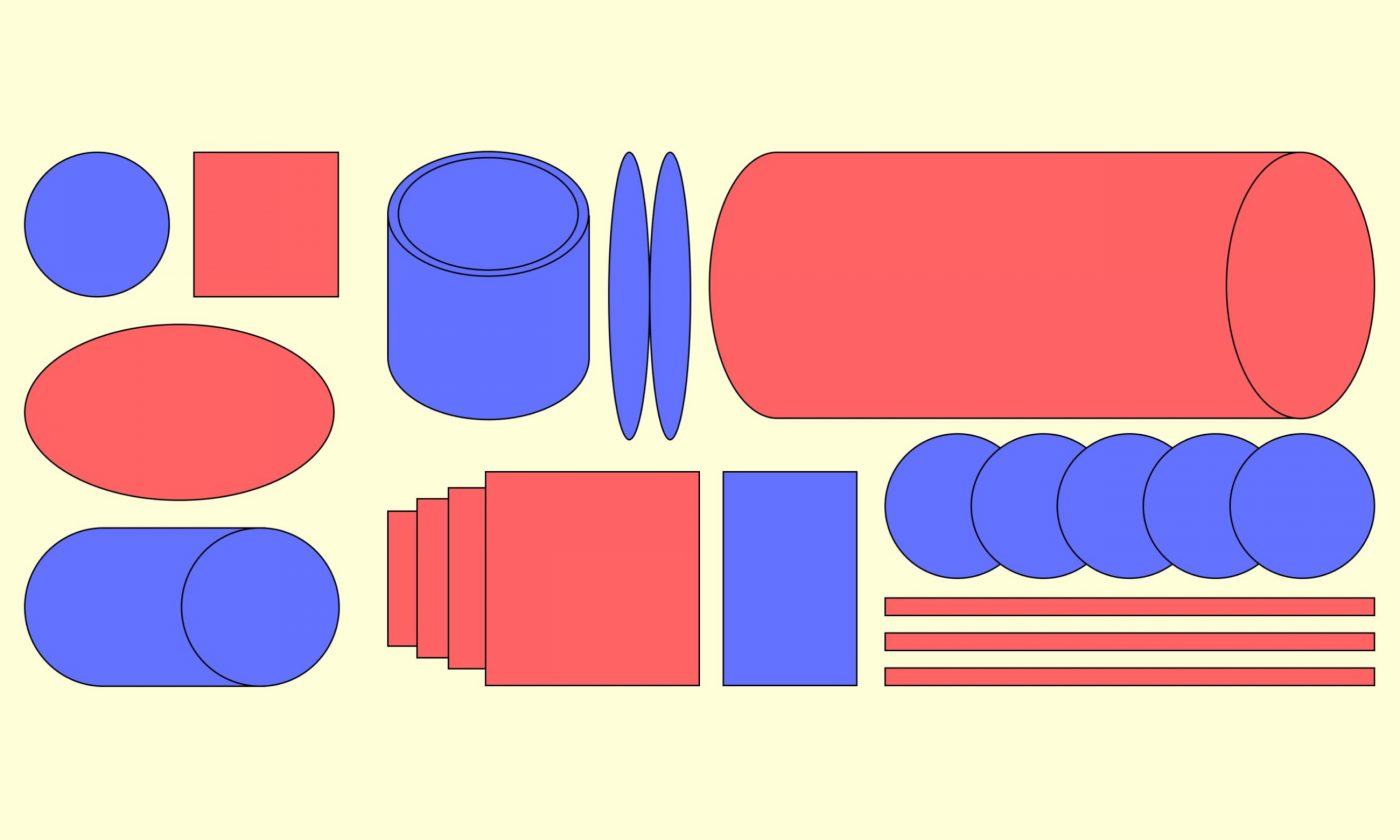Everything you want your product to do has a set of design requirements, and those purposes will often conflict. Find the ideal compromise between flexibility and usability by identifying what must exist, what should exist, and finally what can exist.
Your big idea has a starting point. A place where you take it from a thought you had in line at the coffee shop to something with forward movement that you’re going to make happen.
It’s a good idea to make sure that the path you’re about to take is an informed one when it comes to the flexibility and usability of design. You should understand not only what’s possible, but what’s smart. Giving these aspects some consideration, you’ll be able to communicate the flexibility/usability balance of your idea to others, to create momentum around it.
What are flexibility and usability?
So flexibility and usability, what are they? In general, designs that are flexible address a wider range of user requirements, so they’re naturally more complex. But this also means that they require more compromise, which will decrease usability, also known as how well they work.
This is often seen in the IT world when a product, tool, or even concept is difficult to get collaborative buy-in on. Part of why we see this happen is often that products or concepts can be difficult to use or understand when they are too flexible. In short, you need to make things simpler, and more focused.
When flexibility goes up, usability goes down
A simple example of this is the Swiss Army knife. The tool can do pretty much anything – it’s highly flexible. But is that corkscrew the best corkscrew you can buy? Definitely not. In the case of the Swiss Army knife, usability is sacrificed in favor of flexibility.
In this scenario, the brand knows its customer. It makes and markets its product for those who are often outdoors, away from the conveniences of home – it does not market its product to a sommelier, who would likely find that corkscrew to be ineffective for their job.
An important truth to grasp is also an overarching principle of design – when flexibility goes up, usability goes down.
The principle is immovable, and in actuality, it’s extremely helpful for designers and creators to benefit from parameters like these, because they give a project clear guideposts.
You must learn to prioritize
The most common clash of flexibility and usability arises when your big idea meets the designers who will bring it to life. A designer that is simply your vendor, doing what you want them to do, can create whatever it is you have in mind, without regard to flexibility and usability. But a true partner will help you understand this essential design principle so that you can begin the most important part of the process: prioritization.
Prioritization is a blend of identifying your customer, and then narrowing your project’s features down to account for flexibility and usability.
You’ll want to prioritize your most important users and pair them with the features your product absolutely needs. This allows you to deliver on your product’s promise.
After you define what your product absolutely needs, then you can add on a bit more flexibility in terms of what is easy to add, looping in your second most important group of users who will benefit from these additions.
Lastly, you’ll incorporate what is possible – what can be included in your design that will not sacrifice the usability for your most important group, and what will not inconvenience your second most important group.
The third most important group will receive the features that are possible – not the best or most ideal, but what’s possible – allowing you to avoid ignoring your third most important group of users, without offending your most important group of users.
This is simply a decision-making process. Your product cannot be for “everyone”, because flexibility would consume the idea, and in the end, you’d likely end up with a product that only kind of works for everyone, rather than working really well for your most important users.
Find a partner who understands the flexibility-usability tradeoff
Everything you want your product to do, every purpose, has a set of design requirements. Those purposes will conflict. So identify the thing that must exist, then what should exist, and finally what can exist. Your end result is the ideal compromise between flexibility and usability – that compromise is your selling point to those you’re working or collaborating with.
We always advocate the truth about usability and flexibility. Being a good partner in this process means not simply giving a client an idea brought to life – because that isn’t actually building a viable, lasting solution. Instead, we work with clients to incorporate this essential design principle into their goals, so that the end result is prioritized, balanced, and brilliant.
This article was originally published by ExpandTheRoom, a company acquired by Infinum in 2023.










